Even though Margaretsville doesn’t have the word “Harbour” in its name, it is (or was) a traditional and important fishing and shipping port on the Bay of Fundy. Margaretsville is next to Port George, which is also included in the photos.
The “Margaret” in Margaretsville is Margaret Inglis the daughter of Bishop Charles Inglis and the wife of Sir Brenton Halliburton, the eighth Chief Justice of the Supreme Court of Nova Scotia. Both families have really interesting histories that I got lost in for a week; and, the more layers I unpeeled, the more interesting the history became!
Part of the land that became Margaretsville was originally granted to Dr. John Halliburton, a Scot from Newport, Rhode Island. In the book, Spies in Revolutionary Rhode Island, there is an entire chapter devoted to Halliburton and his life as a British spy.
Born in Scotland, Halliburton came to the U.S. after serving as a surgeon aboard a British frigate during the Seven Years’ War. He settled in Newport in 1776, then occupied by the British because it was seen as a potential launching point for an attack on New York, the base of operations for the British during the war.
When the British left Newport in 1780 to focus on protecting New York, the French moved in (allies to Americans) and used the town as their base of operations. Halliburton stayed behind so that he could monitor the French fleet and pass the information on to General Clinton, the British Commander-in-Chief for North America. This became a crucial source of intelligence during the remaining years of the war.
Near the end of the Revolutionary War, living in Newport became treacherous and during one clandestine exchange of information, Halliburton was tricked by an American spy into revealing his identity. This American spy then used this knowledge to blackmail the surgeon. Rather than pay the man, Halliburton left Newport and made the dangerous journey across the Long Island Sound to New York so he could meet with General Clinton. To make a long story short, knowing that the identity of his spy was out, Clinton relocated the Halliburton family to Halifax and later granted them land for their loyalty to the British.
The history doesn’t stop here… the family of Halliburton’s wife, Margaret Brenton, comes with a long and detailed history as well.
She is the daughter of Admiral Jahleel Brenton, granddaughter of Rear-Admiral Jahleel Brenton, and great-great-great-granddaughter of William Brenton, a British colonial settler who arrived just after the Pilgrims in 1634.
William Brenton was tasked with surveying land in the new world. In exchange, the crown granted him an acre for every mile he surveyed. At the end of his service, he and his family settled in Newport, Rhode Island where he was actively involved in forming the township. In 1666, he was made the Governor of Rhode Island.
Skip a few generations to Sir Jahleel Brenton, also a Loyalist and major landholder in Rhode Island, at the end of the American Revolution, his family was forced to leave Rhode Island and go back to England. This must have been completely gut-wrenching to the family… to leave a place that generations of the family had worked to build and relocate in a country they were unfamiliar with.
Once in England, Jahleel and his brothers Edward and James were sent to the Royal Military Asylum in Chelsea. Their subsequent naval history is long, detailed, and every bit as exciting as the Halliburton history; it involves pirates, spies, and the surveying of Nova Scotia’s coastal areas. Eventually, Jahleel was made a Baron for his service and two islands and a town in South Africa were named after him.
Brenton Halliburton, husband of Margaret Inglis (the person that Margaretsville was named after) was given both of these family names. If you want to read about him and his life, a 260-page personal memoir is available for free download.
Back to Margaretsville, Margaret Inglis, and her family…
The other half of the land that makes up Margaretsville was granted to Charles Inglis, the son of Archibald Inglis (Archbishop of the Church of Ireland) and a Loyalist who was living in New York during the American Revolution. Charles was the rector at the Anglican Trinity Church in Manhattan during the volatile period when the people of New York struggled with determining their Loyalist and American Rebel allegiances. This volatility was further fuelled by a law that required the Anglican clergy to give liturgical prayers for the King & Royal Family in all of their sermons.
During one particular mass in the Trinity Church (1775), George Washington attended but beforehand his handlers asked Inglis if he could omit the Prayer for the Royal Family from the sermon. This did not sit well with the rector, a staunch Loyalist who later became famous for publishing a Loyalist rebuke to Thomas Paine’s Common Sense in 1776.
Inglis paid no regard to the request, prayed for George III during his sermon, and allegedly drew the ire of General Washington. In American history books, it is written that the episode brought drama and the militia to the church… but in Inglis’ memoirs, he claims that Washington later gave an awkward apology for the request to alter the sermon, which the rector suspected did not come from him.
In November 1783, Loyalists were evacuated from New York and Inglis returned to England; a month earlier, his second wife and first child died so during the evacuation he took two of his children: Margaret and John. A third child, Anne, was left in New York with family. He stayed in Britain for a few years before being assigned the position of first Bishop of Nova Scotia when the Diocese of Nova Scotia was created by George III.
Not much is written about the girl for whom Margaretsville is named. It’s likely she was overshadowed in historical documentation by the lives and writings of the famous men in her life. What is written shows that Inglis cherished his children and made sure they were well taken care of. They were educated, brought up in “proper” society, given land, given a position in the church (in the case of his son John), introduced to influential families (in the case of his daughters), and Inglis even went so far as to refuse to let his daughter Anne marry her future husband until he had a more suitable job.
In Sir Halliburton’s Memoir, there is a snippet about the merging of the Halliburton and Inglis families (the “he” is Brenton Halliburton): The families had much in common — similar sentiments, similar circumstances, and similar social training. It was not strange that with this family Capt. Halliburton should form a matrimonial alliance. In 1799 he married Margaret, the Bishop’s eldest daughter. He went with his bride to live in Hollis street, and the following year his eldest daughter, now deceased, was born.
In the same memoir of Sir Brenton Halliburton, he describes his father-in-law as being intelligent, reasonable, humble, and pious.
And now to the land…
In The History of Kings County, Nova Scotia, Heart of the Acadian Land, Giving a Sketch of the French and Their Expulsion, there is a reference to the Halliburton family being granted land in the municipality of Upper Wilmot, and Charles Inglis being granted land in the township of Aylesford.
It’s thought that the boundaries of this land listed in historical documentation is rather fuzzy and that “Aylesford” or “Wilmot” could consist of everything from Paradise to Cornwallis; the assumption is that both tracts of land were next to each other. The official grant numbers from the Crown Land Department in Halifax are: 1129 acres were granted to Charles Inglis and 1006 were granted to the Halliburton family. Inglis was further given land to set-up a church and a school in the area.
What is known is that the land overlooking the ocean in Margaretsville was part of Inglis’ estate Clermont and a piece of this was given to his daughter Margaret as a wedding present. The rest was inherited by his son John when the Bishop passed away.
This is one of my favourite places to meander whenever I am in town. The rocks around Margaretsville and Port George make for great climbing and exploring (and some have history and memories from my childhood). Margaretsville attracts a fair number of artists to the community and it’s fun to explore some of the folk art sold in tiny shops in the area.
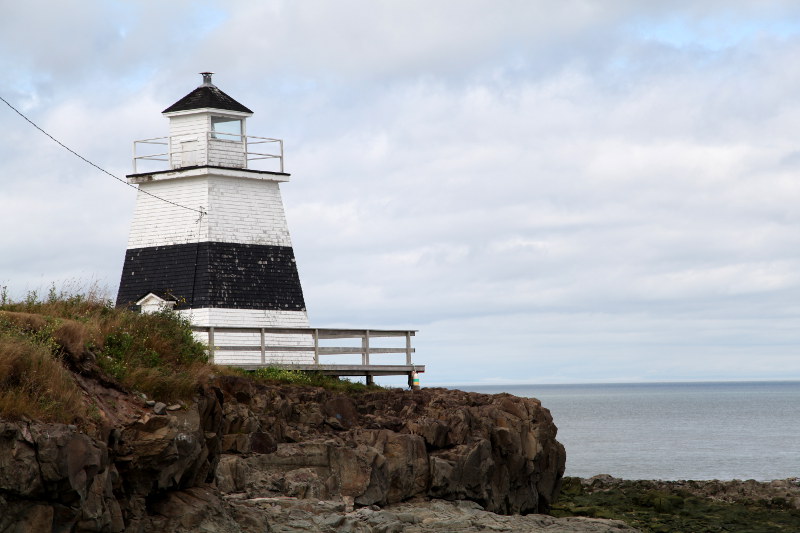
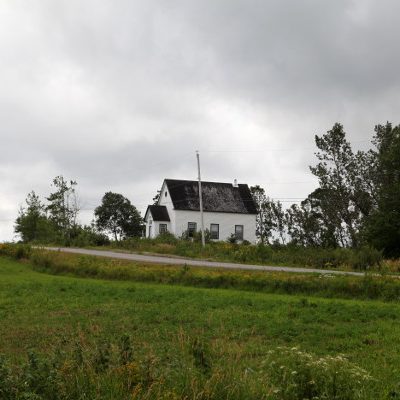
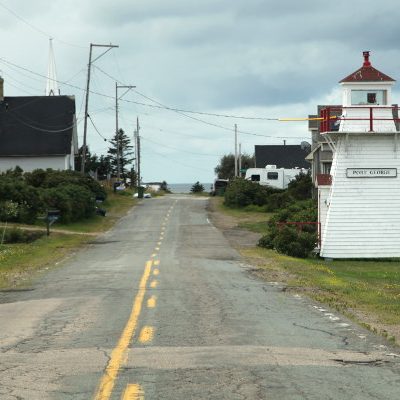
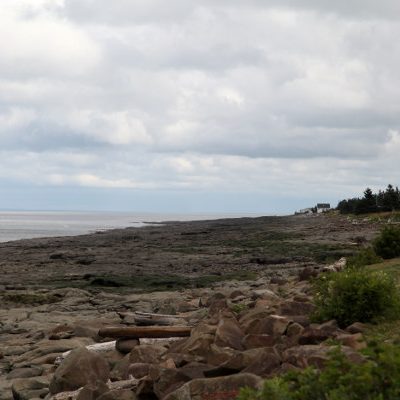
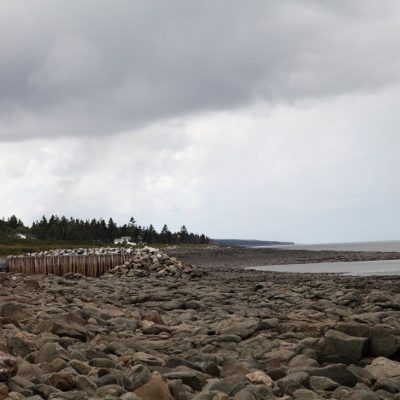



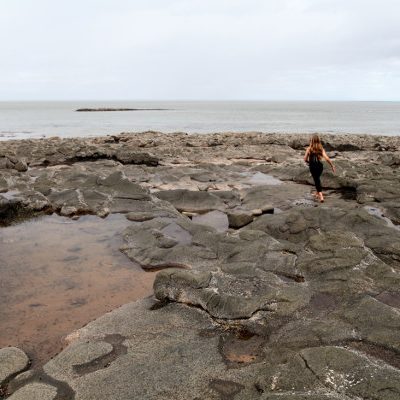
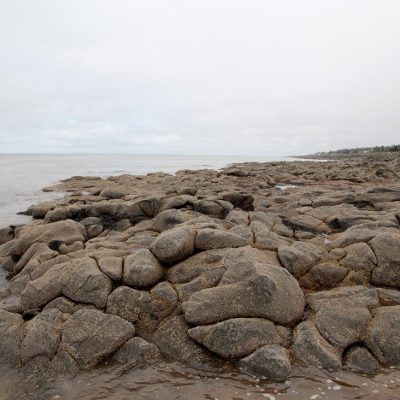

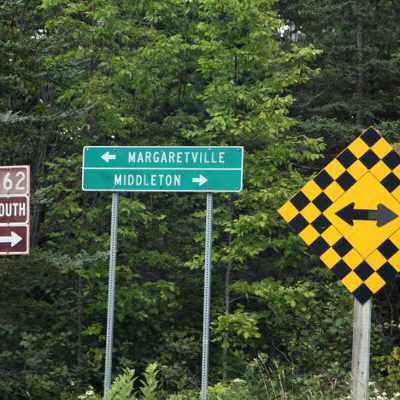

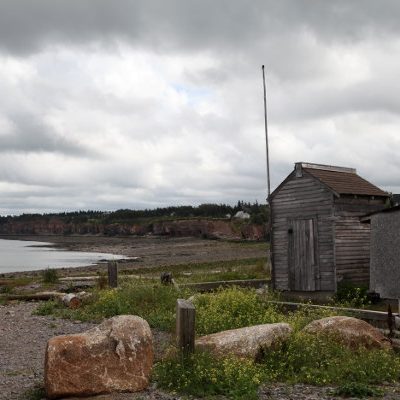
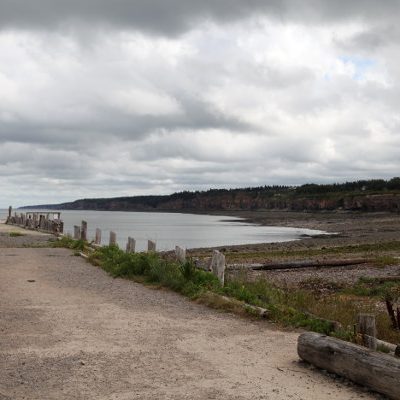
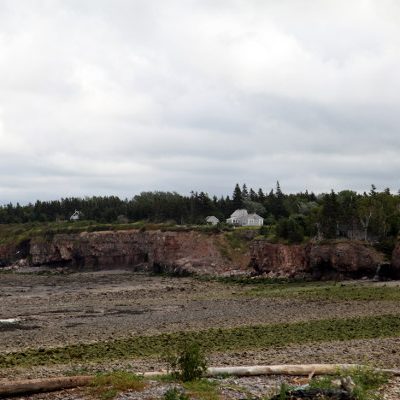
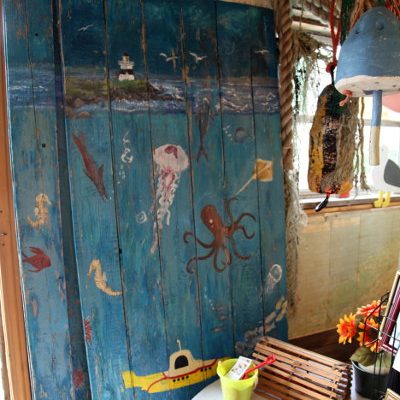
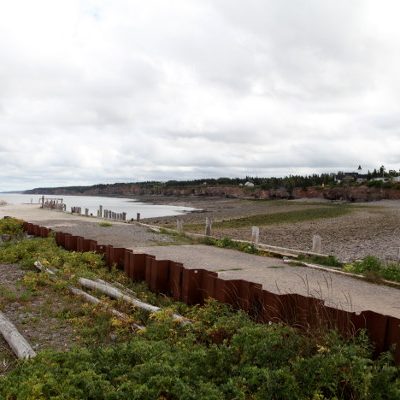
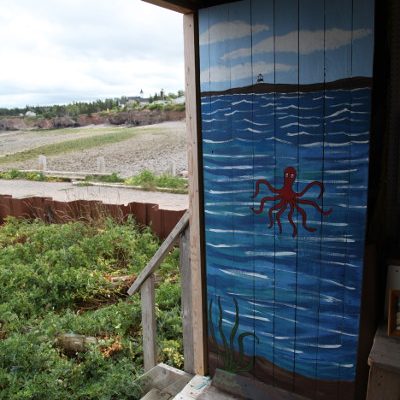
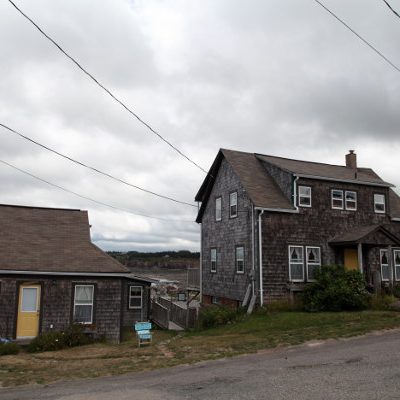


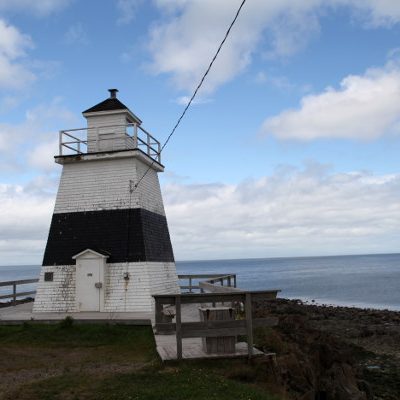
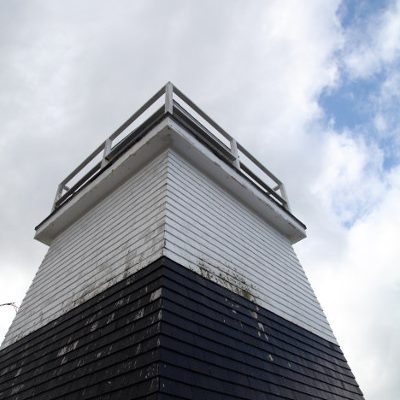
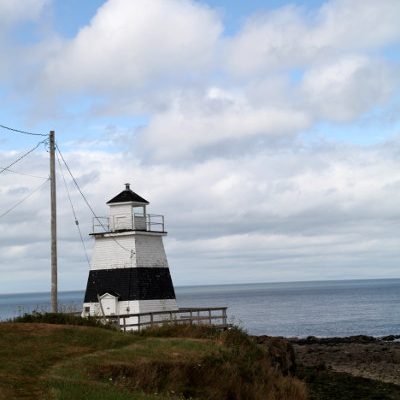
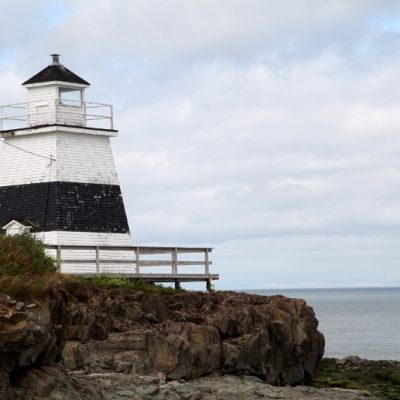
Nice article. Thank you! For a short article on Margaret’s father see “Fear God, Honour the King – Bishop Charles Inglis, Loyalist” published by United Empire Loyalists’ Association of Canada at https://www.uelac.org/Loyalist-Info/extras/INGLIS-Charles/INGLIS-Charles-by-Brian-MCCONNELL.pdf